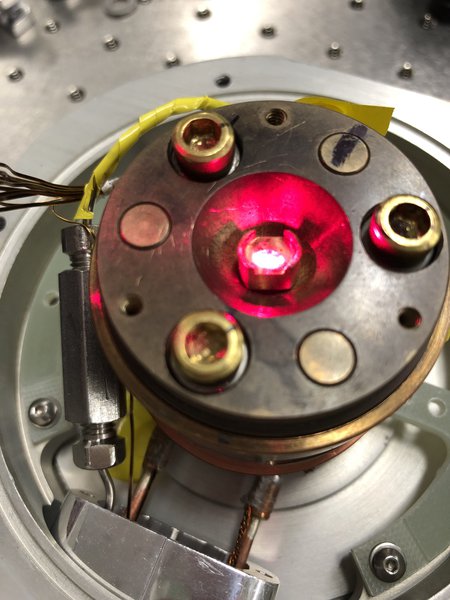创新背景
想象一下:可以很容易地变成镜子的窗户,或者依靠光而不是电子运行的超高速计算机。这些只是光学工程中可能出现的一些潜在应用,即利用激光快速而临时地改变材料的特性。
这些工具可以在轻按电灯开关的情况下改变材料的电子特性,但激光会在材料中产生过多热量,这一问题限制了该技术的发展。
创新过程
这些实验所需的激光非常强大,所以很难不加热并损坏材料。一方面,研究人员希望这种材料受到非常强烈的激光照射。另一方面,却不希望这种材料吸收任何光。
研究小组找到了一个“甜蜜点”(sweet spot)来解决这个问题,激光的频率经过微调,可以显著改变材料的性能,而不会产生任何不必要的热量。

科学家们找到了一种理想的材料来演示这种方法。这种材料是一种名为三硫化锰磷的半导体,在红外频率范围很广的情况下,它自然只吸收少量的光。在实验中,研究人员使用了强烈的红外激光脉冲,每次持续约10-13秒,快速改变材料内部电子的能量。结果,对于某些颜色的光,这种材料从高度不透明的状态转变为高度透明的状态。
更关键的是,这个过程是可逆的。当激光关闭时,材料立即恢复到原始状态,完全无损。如果材料吸收了激光并加热,这将是不可能的,因为材料需要很长时间才能散热。在新工艺中使用的无热操作被称为“相干光学工程”。

这种方法是可行的,因为光改变了半导体中电子能级之间的差异(称为带隙),而不会使电子自身进入不同的能级,从而产生热量。
研究人员此前已经对这种方法的工作原理进行了理论研究。例如,在20世纪60年代,加州理工学院的校友Jon H. Shirley(63届博士)提出了如何在光存在的情况下求解材料电子能级的数学想法。在这项工作的基础上,该项研究计算激光照明在三硫化锰磷中的预期效果。理论与实验吻合得“非常”准确。
创新关键点
科学家们找到了一种理想的材料来演示这种方法。这种材料是一种名为三硫化锰磷的半导体,在红外频率范围很广的情况下,它自然只吸收少量的光。在实验中,研究人员使用了强烈的红外激光脉冲,每次持续约10-13秒,快速改变材料内部电子的能量。
创新价值
这一发现意味着其他研究人员现在可以利用光来人工制造材料,比如奇异的量子磁体,这在其他情况下是很难甚至不可能自然制造的。
原则上,这种方法可以改变材料的光学、磁性和许多其他性质。这是研究材料科学的另一种方式。研究人员可以只用一种材料,并最终赋予它广泛的有用性能,而不是制造新的材料来实现不同的性能。
The new technology uses lasers to change the properties of materials
The lasers needed for these experiments are so powerful that it's hard not to heat and damage the material. On the one hand, the researchers wanted the material to be subjected to very intense laser light. The material, on the other hand, is not expected to absorb any light.
The team solved the problem by finding a "sweet spot," a laser whose frequency is finely tuned to significantly alter the material's properties without generating any unnecessary heat.
The scientists found an ideal material to demonstrate the method. The material, a semiconductor called manganese phosphorus trisulfide, naturally absorbs only a small amount of light over a wide range of infrared frequencies. In the experiments, the researchers used intense infrared laser pulses, each lasting about 10-13 seconds, to rapidly change the energy of electrons inside the material. As a result, the material changes from a highly opaque state to a highly transparent state for certain colors of light.
More importantly, the process is reversible. When the laser is turned off, the material immediately returns to its original state, completely undamaged. This would not be possible if the material absorbed the laser light and heated it, as it would take a long time for the material to dissipate heat. The heat-free operation used in the new process is called "coherent optical engineering".
This approach works because light alters the difference between the energy levels of electrons in a semiconductor, called a band gap, without sending the electrons themselves into different energy levels, creating heat.
The researchers have previously conducted theoretical studies on how this method works. For example, in the 1960s, Caltech alumnus Jon H. Shirley(Ph.D. '63) came up with the mathematical idea of how to solve for the electronic energy levels of materials in the presence of light. On the basis of this work, the expected effect of laser illumination on MN-P trisulfide was calculated. The theory agrees with the experiment very well.